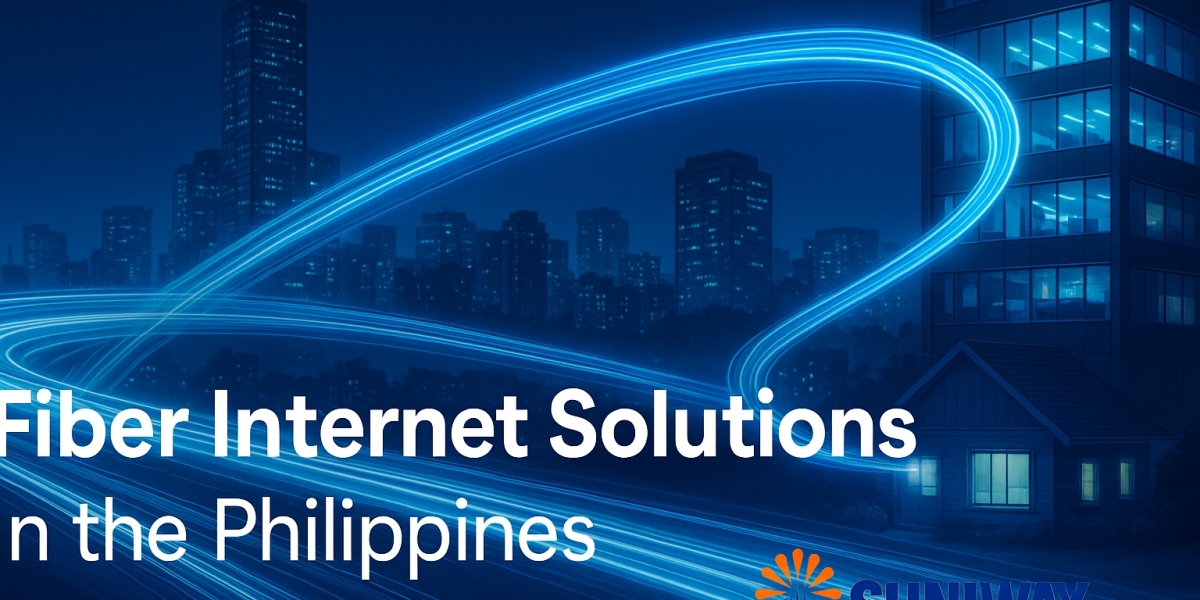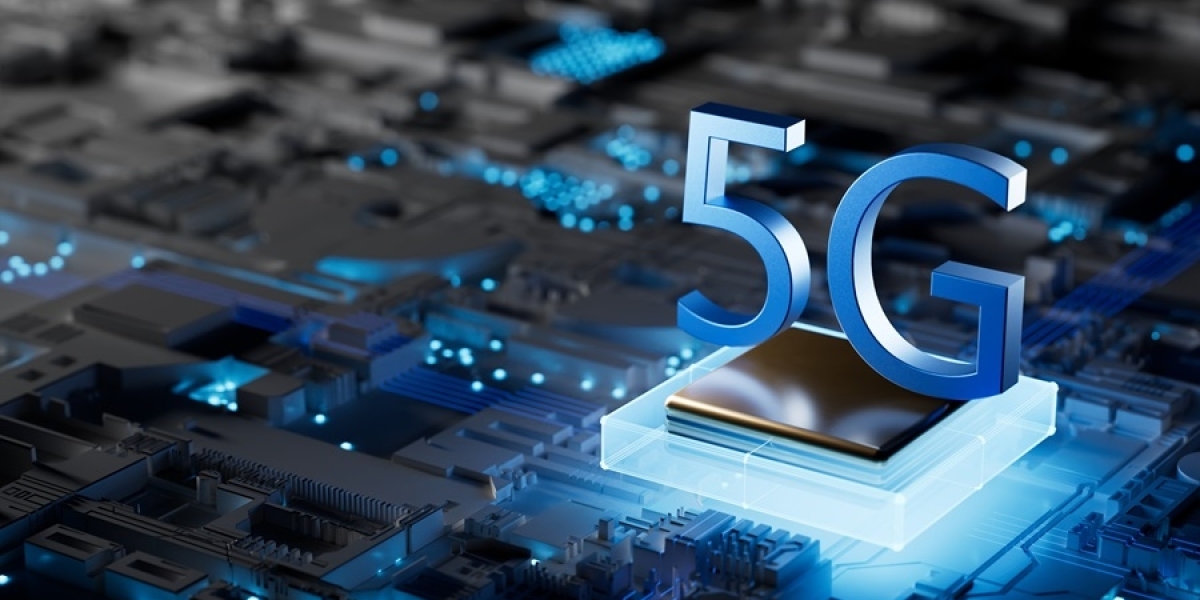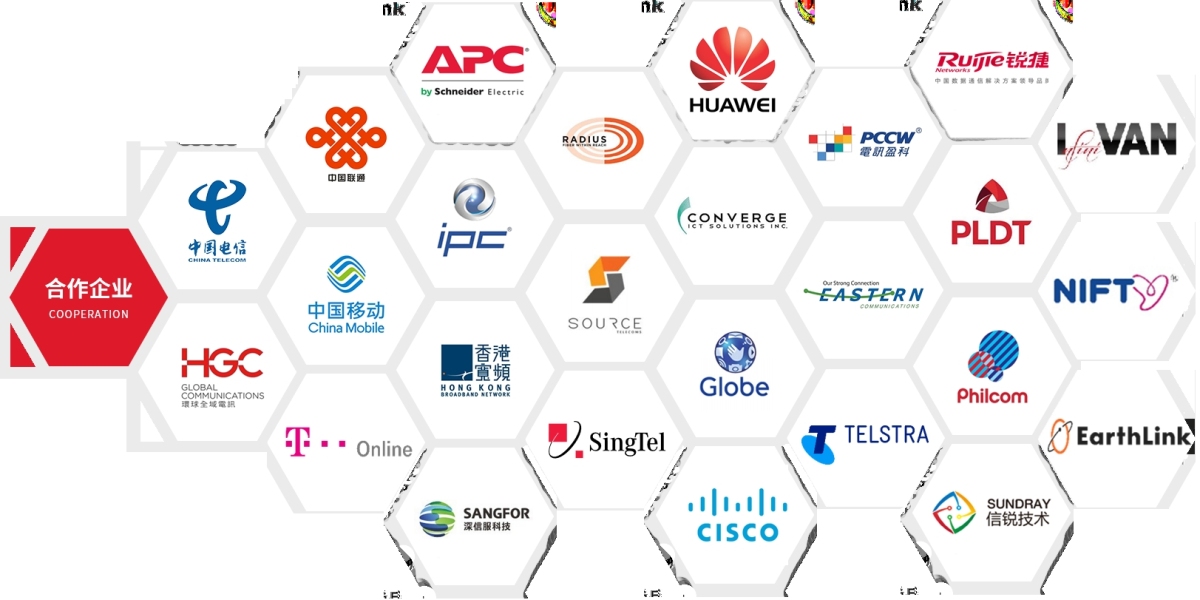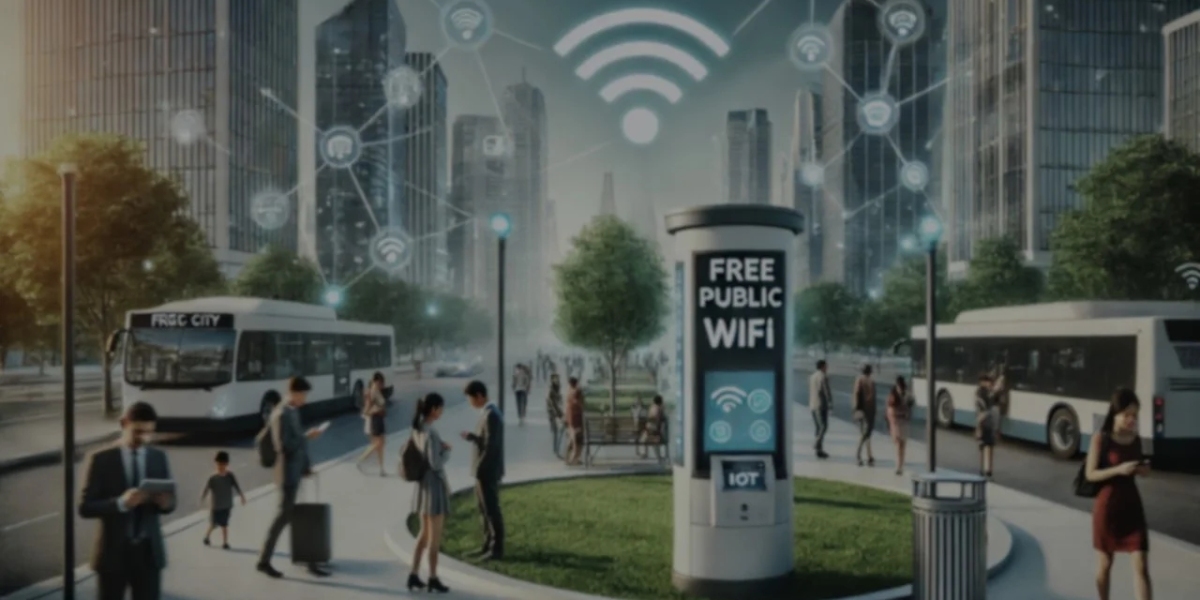Introduction
The Evolution of Internet Connectivity in the Philippines
Benefits of Fiber Internet Solutions
Key Components and Infrastructure of Fiber Networks
Deployment Strategies and Best Practices
Impact on Businesses, Education, and Communities
SUNIWAY’s Role in Delivering High-Performance Fiber Solutions
Future Trends and Innovations in Fiber Internet
Overcoming Challenges and Ensuring Sustainability
Conclusion
1. Introduction
In today’s fast-paced digital age, connectivity is the backbone of development, innovation, and socioeconomic growth. Fiber internet solutions, characterized by the use of state-of-the-art fiber-optic cables, have emerged as the gold standard for high-speed, reliable communication networks. In the Philippines—a nation experiencing rapid urbanization and digital transformation—upgrading to fiber networks is more than a luxury; it is an essential step toward achieving sustainable progress and competitive advantage.
This article explores how fiber internet solutions are revolutionizing communication across the Philippines. We will delve into the evolution of internet connectivity, highlight the transformative benefits of fiber technology, examine the key components that make up modern fiber networks, and discuss the deployment strategies and future trends that promise to elevate the nation’s digital infrastructure to new heights.
2. The Evolution of Internet Connectivity in the Philippines
Historically, the Philippines relied on traditional broadband methods such as DSL, cable, and wireless connections. While these technologies served early demands, they struggled to meet the explosive growth in internet usage driven by the proliferation of smartphones, cloud computing, and streaming services. Over time, the limitations—ranging from lower bandwidth to higher latency—became increasingly apparent.
The transition to fiber-optic technology marked a turning point. Unlike copper cables, fiber-optic lines use light to transmit data, offering significantly greater bandwidth and speed with minimal signal loss over long distances. As multinational companies and local governments recognized the need for robust digital infrastructure, investments in fiber networks accelerated. Today, cities such as Metro Manila, Cebu, and Davao are paving the way for nationwide fiber rollouts, positioning the Philippines at the forefront of next-generation connectivity.
3. Benefits of Fiber Internet Solutions
Fiber internet brings a host of advantages over legacy technologies. Here are the primary benefits:
Speed and Bandwidth
Ultra-High Speeds: Fiber networks can deliver speeds from hundreds of megabits to several gigabits per second, far surpassing traditional cable or DSL.
High Capacity: The ability to handle large volumes of data ensures that households, offices, and communities can simultaneously run multiple high-demand applications without compromise.
Reliability and Stability
Consistent Performance: Fiber-optic cables are less susceptible to electromagnetic interference and environmental factors such as rain or temperature variations, guaranteeing stable connectivity.
Low Latency: With minimal delay in data transmission, fiber networks are essential for real-time applications such as video conferencing, online gaming, and remote work.
Scalability and Future-Proofing
Future Expansion: Fiber systems are easily scalable, allowing for incremental upgrades to accommodate increasing data demands.
Sustainable Infrastructure: As technology evolves, the fiber-optic backbone can support emerging innovations without requiring a complete overhaul of existing systems.
Enhanced Security
Data Integrity: Fiber networks are inherently more secure than copper-based systems, mitigating risks of data breaches and signal tapping.
Robust Infrastructure: With physical and digital safeguards integrated into their design, fiber systems provide a resilient foundation for critical applications.
These benefits position fiber internet as a cornerstone of digital transformation, capable of powering everything from online education and telemedicine to smart cities and enterprise digital ecosystems.
4. Key Components and Infrastructure of Fiber Networks
A modern fiber network is built upon several critical components:
Fiber-Optic Cables
Core Infrastructure: Composed of ultra-thin glass fibers that carry light signals, these cables are the lifeline of the network.
Types of Fiber: Single-mode fibers (for long-distance, high-bandwidth applications) and multimode fibers (used for shorter distances) are deployed based on specific requirements.
Optical Splitters and Connectors
Distribution Hardware: Optical splitters divide a single light signal to serve multiple endpoints, while high-quality connectors ensure minimal loss during transmission.
Precision Engineering: The manufacturing and installation processes require meticulous attention to detail to maintain optimal performance.
Access Nodes and Distribution Points
Network Access: These nodes are strategically placed to connect end-users—residential, commercial, and institutional—to the core fiber backbone.
Infrastructure Hubs: Often housed in secure facilities, these points play a vital role in network reliability and service quality.
Supporting Hardware
Routers and Switches: Essential for directing data traffic efficiently throughout the network.
Optical Line Terminals (OLT) and Optical Network Terminals (ONT): Equipment that manages the flow of data between the service provider and the end-user.
Redundancy and Backup Systems
Failover Capabilities: Redundant pathways and backup power supplies ensure continuous operation even during unexpected outages or disruptions.
Disaster Recovery Planning: Comprehensive protocols are in place to maintain network integrity in crisis situations.
Each of these components contributes to building a resilient and high-performance network that meets the current and future needs of the Philippines.
5. Deployment Strategies and Best Practices
Rolling out a fiber internet network is a complex process that involves detailed planning and execution. Key strategies include:
Comprehensive Site Surveys
Mapping and Assessment: Engineers conduct surveys to determine the optimal pathways for fiber deployment, accounting for geographical, environmental, and urban factors.
Right-of-Way Considerations: Securing legal permissions and coordinating with local authorities is crucial for seamless installation.
Phased Implementation
Pilot Projects: Initial deployments in targeted areas help identify potential challenges and optimize deployment techniques.
Incremental Rollout: Gradually extending coverage from urban centers to rural areas ensures manageable project scales and continuous improvement.
Integration with Existing Infrastructure
Leveraging Current Assets: Where possible, existing conduits and utility corridors are used to reduce installation costs and minimize disruption.
Hybrid Networks: In some cases, fiber is integrated with other technologies (e.g., wireless) to extend reach in underserved areas.
Quality Assurance and Certification
Standards Compliance: Deployment follows international standards (such as ITU-T, IEEE, and ISO) to guarantee quality and interoperability.
Regular Testing: Comprehensive testing—from installation to activation—ensures that the network performs to specifications.
Environmental and Community Considerations
Sustainable Practices: Care is taken to minimize environmental impact during installation.
Community Engagement: Effective communication with local communities fosters support and ensures smooth project execution.
Adopting these best practices leads to successful deployments that deliver high performance while meeting regulatory and community standards.
6. Impact on Businesses, Education, and Communities
The transformative potential of fiber internet solutions extends beyond mere connectivity:
Business Transformation
Enhanced Productivity: Ultra-fast internet accelerates business processes, enabling enterprises to run cloud-based applications and remote work seamlessly.
Competitive Edge: Companies that adopt fiber connectivity gain a significant advantage in digital marketing, e-commerce, and data analytics.
Innovation Catalyst: With high-speed networks, businesses can explore emerging technologies such as AI, IoT, and big data analytics.
Educational Advancements
E-Learning Platforms: Reliable and fast connectivity enables interactive online classes, remote examinations, and digital libraries.
Digital Classrooms: Fiber connectivity supports advanced educational tools like virtual labs and immersive learning environments.
Bridging the Digital Divide: Expanding fiber networks into rural and underserved areas promotes equal access to educational resources.
Community and Urban Development
Smart Cities: Fiber networks are the backbone of smart city initiatives, supporting traffic management, public safety, and utility monitoring.
Economic Growth: Improved connectivity attracts investments and fosters entrepreneurship, driving local economic development.
Healthcare Improvements: Telemedicine and remote diagnostics become feasible, enhancing the quality and reach of medical services.
The broad-ranging impact of fiber connectivity underscores its role as a critical enabler of progress and modernization across the country.
7. SUNIWAY’s Role in Delivering High-Performance Fiber Solutions
As a leader in advanced ICT infrastructure, SUNIWAY is at the forefront of deploying comprehensive fiber internet solutions in the Philippines. Our approach is built on:
Tailored Consultation and Planning
Needs Analysis: We conduct detailed assessments to understand the unique connectivity requirements of each client.
Customized Solutions: Based on the analysis, we design bespoke fiber networks tailored to residential areas, commercial hubs, educational institutions, or community-wide deployments.
Expert Engineering and Deployment
End-to-End Services: From design and procurement to installation and testing, our team ensures flawless implementation.
State-of-the-Art Equipment: We use high-quality fiber-optic cables, splitters, and networking hardware to guarantee long-term performance.
Skilled Technicians: Our certified engineers adhere to rigorous standards and best practices at every stage of the deployment process.
Ongoing Support and Maintenance
24/7 Monitoring: Our technical support team is available around the clock to address any issues promptly.
System Upgrades: As technologies evolve, we provide scalable solutions and system enhancements to maintain optimal performance.
Customer Training: We empower our clients with the knowledge and tools necessary to manage and optimize their networks.
SUNIWAY’s commitment to excellence, combined with deep industry expertise, makes us the partner of choice for organizations seeking reliable, future-proof fiber internet connectivity.
8. Future Trends and Innovations in Fiber Internet
The landscape of digital connectivity is continuously evolving. Some emerging trends include:
Increased Bandwidth and Gigabit Speeds
Next-Generation Fiber: Developments in fiber-optic technology are pushing speeds even further, paving the way for gigabit and beyond capabilities.
5G and Beyond: Integrated with wireless 5G networks, fiber backbones will support ultra-fast mobile connectivity and innovative applications.
Enhanced Network Security
Secure Transmission Protocols: Future fiber networks will incorporate even more robust security measures, ensuring data integrity and privacy.
Automated Threat Detection: AI-driven solutions will monitor network traffic in real time to detect and neutralize threats.
Smart and Sustainable Infrastructure
Green Connectivity: Energy-efficient designs and environmentally sustainable materials will shape the next generation of fiber deployments.
IoT Integration: The synergy between fiber connectivity and IoT devices will empower smarter cities, enabling real-time monitoring and data-driven decision-making.
Cloud and Edge Computing Integration
Distributed Data Processing: Fiber networks will increasingly support edge computing paradigms, reducing latency and allowing localized data processing.
Hybrid Cloud Models: Seamless integration between on-premise systems and cloud platforms will further drive innovation in data management.
These trends indicate that the future of connectivity will be not only faster and more reliable but also smarter and more secure. Organizations that invest in state-of-the-art fiber infrastructures today will be well-equipped to harness the opportunities of tomorrow.
9. Overcoming Challenges and Ensuring Sustainability
Deploying a comprehensive fiber network is not without its challenges. Key hurdles include:
Infrastructure and Geographical Barriers
Urban Density vs. Rural Accessibility: Urban areas may present challenges related to existing infrastructure congestion, while rural regions may suffer from rugged terrain and scattered populations.
Right-of-Way and Permitting: Legal and administrative hurdles can delay deployment schedules, necessitating strong coordination with local authorities.
Cost and Investment Considerations
High Initial Capital: The upfront investment in fiber-optic cables, equipment, and skilled labor is significant.
Long-Term ROI: Despite higher initial costs, the long-term benefits—such as reduced maintenance, higher speeds, and increased reliability—justify the investment.
Financing Models: Innovative financing and public-private partnerships can help mitigate initial costs and accelerate nationwide rollout.
Technological and Operational Challenges
Legacy System Integration: Merging new fiber networks with older infrastructures requires careful planning and technical expertise.
Skill Gaps: Ensuring that technicians and engineers are trained in the latest fiber technologies is essential for ongoing network reliability.
Maintenance and Upgrades: Regular maintenance schedules and forward-looking upgrade strategies are necessary to keep pace with technological advancements.
Sustainability and Environmental Impact
Eco-Friendly Practices: Using sustainable materials and methods in fiber installations can mitigate environmental impact.
Energy Efficiency: Modern fiber networks are designed to be energy-efficient, but continuous monitoring is crucial to minimize the carbon footprint.
SUNIWAY works proactively with clients and stakeholders to navigate these challenges, ensuring that deployments are not only robust and reliable but also environmentally sustainable and cost-effective over the long term.
10. Conclusion
Fiber internet solutions represent the next frontier in digital connectivity for the Philippines. With their unmatched speed, reliability, scalability, and security, fiber networks are crucial to empowering businesses, educational institutions, government agencies, and communities. The evolution from legacy broadband methods to state-of-the-art fiber infrastructure is a testament to the country’s commitment to embracing the digital future.
As organizations seek to stay competitive and relevant in an increasingly digital economy, investing in robust fiber connectivity becomes paramount. With comprehensive planning, strategic partnerships, and expert execution, the Philippines is poised to become a leader in next-generation digital communication.
SUNIWAY is proud to be a pioneer in delivering high-performance fiber solutions across the nation. Our deep industry expertise, tailored consultation, and end-to-end deployment services ensure that every project is executed with precision, paving the way for a smarter, faster, and more connected future.









